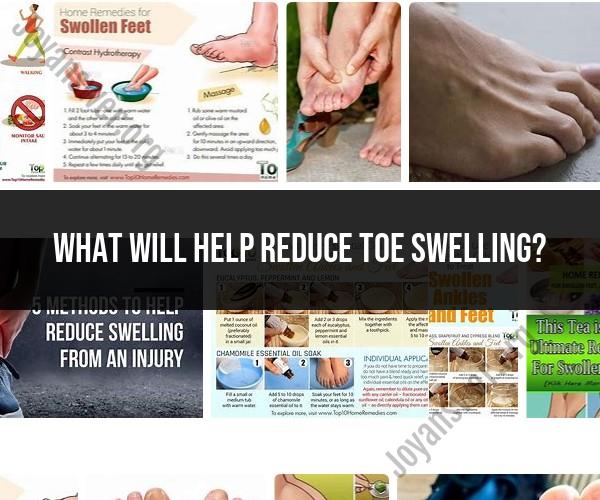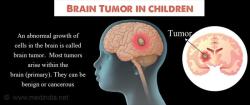What will help reduce toe swelling?
Reducing toe swelling and discomfort can be achieved through various self-care measures and treatments, depending on the underlying cause of the swelling. Here are some effective ways to reduce toe swelling:
Rest and Elevation:
- If the swelling is due to an injury, such as a sprain or strain, it's essential to rest the affected foot and keep it elevated.
- Elevate your foot above the level of your heart whenever possible. This helps reduce swelling by allowing excess fluid to drain away from the affected area.
Cold Compress:
- Apply a cold compress or ice pack wrapped in a thin cloth to the swollen toe for 15-20 minutes at a time, several times a day.
- Cold therapy can help reduce inflammation and numb the area, providing pain relief.
Compression:
- Consider using an elastic bandage or compression sock to provide gentle compression to the swollen toe. Ensure that the compression is not too tight to avoid restricting blood flow.
Over-the-Counter Medications:
- Nonsteroidal anti-inflammatory drugs (NSAIDs) like ibuprofen or naproxen can help reduce pain and inflammation. Follow the recommended dosage instructions on the medication label.
Foot Elevation and Exercises:
- Gentle range-of-motion exercises for the toes and ankle can help improve circulation and reduce stiffness.
- Point and flex your toes, and move your ankle in circles to promote blood flow.
Proper Footwear:
- Wear comfortable and supportive shoes that provide ample space for your toes.
- Avoid shoes that are too tight, as they can exacerbate swelling.
Avoid Salt Intake:
- Reducing your sodium intake can help prevent water retention, which can contribute to swelling.
Hydration:
- Ensure you stay well-hydrated. Dehydration can sometimes lead to fluid retention.
Manage Underlying Conditions:
- If the swelling is due to an underlying medical condition, such as gout or arthritis, work with your healthcare provider to manage the condition and follow their recommendations for treatment.
Infection Treatment:
- If toe swelling is due to an infection, such as cellulitis or an ingrown toenail, consult a healthcare professional for appropriate treatment, which may include antibiotics or minor surgical procedures.
Diabetic Foot Care:
- If you have diabetes, it's crucial to maintain good foot hygiene and care to prevent complications. Consult your healthcare provider for guidance on managing diabetes-related foot issues.
Seek Medical Attention:
- If toe swelling is severe, persistent, or accompanied by signs of infection (redness, warmth, pus), injury, or other concerning symptoms, seek immediate medical attention.
Remember that the best approach to reducing toe swelling depends on the underlying cause. If you are unsure about the cause or if the swelling persists despite home remedies, consult a healthcare provider for a proper evaluation and personalized treatment plan.
Reducing Toe Swelling: Tips for Relief and Comfort
Swollen toes can be caused by a variety of factors, including injury, infection, inflammation, and underlying medical conditions. If you have swollen toes, there are a few things you can do to find relief and comfort:
- Rest: Avoid activities that put weight on your toes. If you must stand or walk, try to elevate your feet as much as possible.
- Ice: Apply ice to your swollen toes for 20 minutes at a time, several times a day. This will help to reduce inflammation and pain.
- Compression: Wear compression socks or bandages to help reduce swelling.
- Elevation: When you are sitting or lying down, elevate your feet above the level of your heart. This will help to improve circulation and reduce swelling.
- Over-the-counter pain relievers: Over-the-counter pain relievers, such as ibuprofen or acetaminophen, can help to reduce pain and inflammation.
If your toe swelling is severe or does not improve with home treatment, see a doctor. They may prescribe medication or other treatments to reduce swelling and address the underlying cause.
Battling Toe Swelling: Strategies for Alleviation
Here are some additional strategies for alleviating toe swelling:
- Soak your feet in warm water. This can help to relax your muscles and improve circulation.
- Massage your toes. Gently massage your toes to help reduce swelling and improve circulation.
- Wear comfortable shoes. Avoid shoes that are too tight or have high heels.
- Lose weight. If you are overweight or obese, losing weight can help to reduce swelling throughout your body.
Swollen Toes Solutions: How to Find Relief
If you are looking for a more long-term solution for swollen toes, there are a few things you can do:
- Treat the underlying cause. If your toe swelling is caused by an underlying medical condition, such as arthritis or heart disease, treating the condition can help to reduce swelling.
- Make lifestyle changes. Eating a healthy diet, exercising regularly, and getting enough sleep can all help to improve circulation and reduce swelling.
- Consider surgery. In some cases, surgery may be recommended to reduce toe swelling and improve function.
If you have any concerns about toe swelling, be sure to talk to your doctor. They can help you to determine the underlying cause and recommend the best course of treatment.












